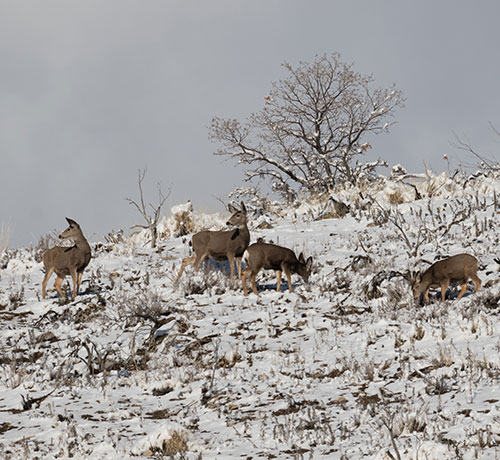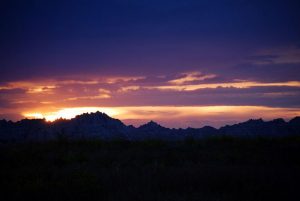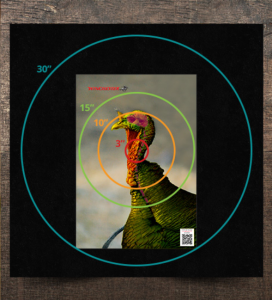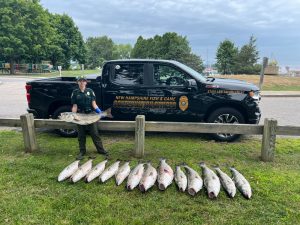Following two confirmed cases of chronic wasting disease (CWD), Montana Fish, Wildlife and Parks has released the details on a special CWD mule deer hunt.
Awaiting the approval of the Fish and Wildlife Commission, the hunt is a key piece of Montana’s chronic wasting disease plan that is still in the draft process. Labelled as the “Bridger” CWD hunt due to the proximity to the town of Bridger remains in draft form as officials await the final testing results from samples taken during this year’s hunts.
Hunters Needed
One of the biggest questions surrounding the hunt is whether hunters will take part. Without the participation of the hunting community, FWP will look at other options for testing and containing the disease.
“The success of this effort is obviously going to hang on hunters,” said Greg Lemon, FWP information officer.
“We’ve lined out the plan to provide us with a variety of options,” he said. “Before we got to some type of agency removal or sampling of the deer we would be doing everything we can to use hunters by using partners … to try and help us out.”
The Bridger Hunt
As proposed, the hunt will take place in the eastern part of hunting district 520, portions of 502 and the western portion of 510, bordered on the south side by the Wyoming border. Split into two seasons, the first hunt will take place Dec. 15 – Jan. 14 with the second scheduled for Jan.14 – Feb. 15.
The hunt will use special “B” licenses only and FWP is allocating 500 licenses for each of the two sessions. These licenseswill be on sale by December 11 and will comprise of 100 either-sex tags and 400 antlerless tags per session. Licenses will cost $10 for residents and $20 for non-residents and any individual will be able to buy up to seven of the special licenses, with a maximum of one either-sex license per hunter.
Given the special nature of the tags and the CWD hunt, unused tags from the 2017 season are not valid for the CWD hunt.
Officials will be operating a CWD hunt check station at the rest area north of Bridger and will also offer testing at the Region 5 office in Billings. For those participating in the special hunts, harvested animals are to be submitted to testing as soon as possible.
An established transportation restriction zone (TRZ) will be in place to keep the disease contained in the area if necessary. Deer transported from the area must be boned out or processed before leaving the TRZ.
While 1,000 tags will be issued, a goal of 370 deer has been established by officials and when that threshold is reached, the hunt will immediately conclude.
“This is a different scenario than a typical hunt,” said Barb Beck, Region 5 supervisor and CWD incident commander. “We need to harvest animals to get samples to determine disease prevalence. Participating hunters and landowners will be helping with a critical wildlife disease management effort.”
“To make this hunt successful we’ll need the participation of hunters and landowners alike,” Beck said. “We want to make sure hunters understand what this hunt is, what the rules are and where it’s going to take place.”




